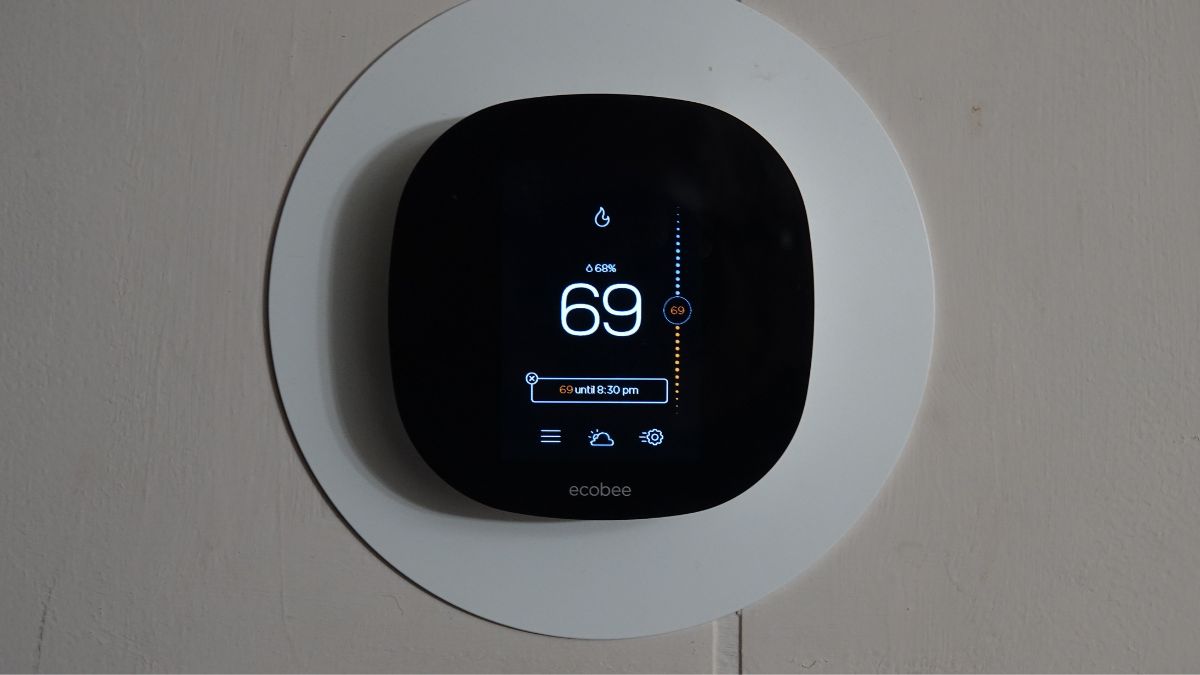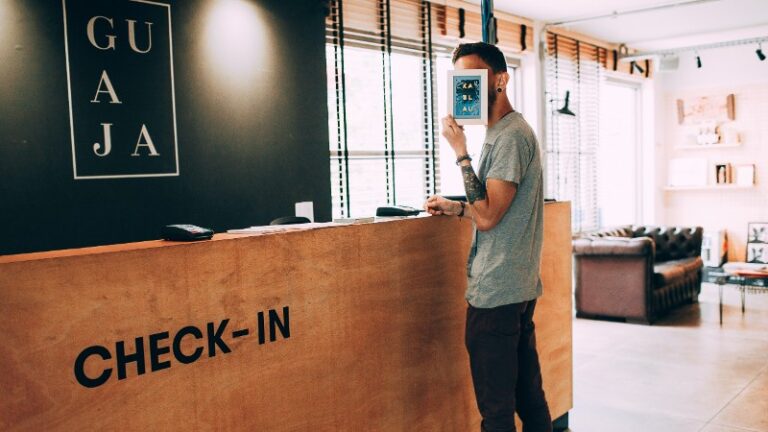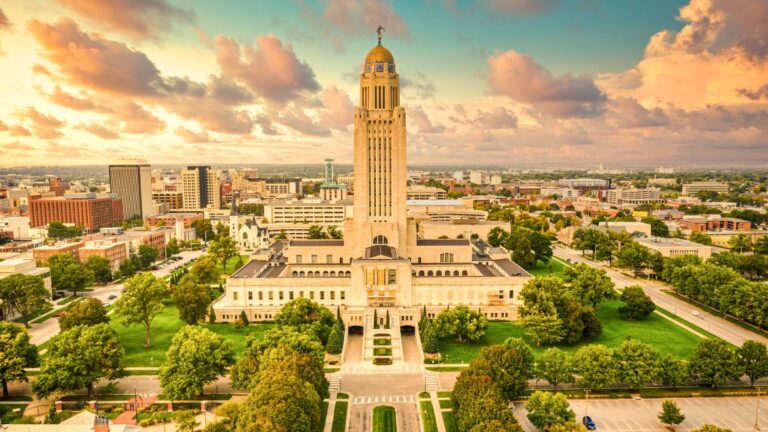Why Are Hotel Rooms So Hot, Especially at Night? Unveiling the Mystery Behind the Heat

As participants in Amazon Associates and other programs, we earn from qualifying purchases. This comes at no additional cost to you. For more details, see our Affiliate Disclosure.
As weary travelers enter their hotel rooms after a long day of exploring or attending business meetings, an unwelcome sensation often greets them: an oppressive heat that seems to intensify, particularly as night falls. Curious minds are left pondering the mystery behind the discomfort, questioning why hotel rooms tend to become unbearably hot, especially during those crucial hours of rest. Is it a flaw in the design, a consequence of external factors, or a deliberate choice?
In this article, we embark on a journey to unravel the enigma and shed light on the perplexing question why are hotel rooms so hot, especially at night? Prepare to delve into the world of hotel room temperatures and explore the various factors that contribute to this common phenomenon.
The Architecture Factor: Exploring the Design Impact on Room Heat
The architecture of a hotel is a key factor that influences the heat levels experienced within its rooms. The layout, orientation, and construction materials all contribute to the thermal conditions guests encounter during their stay.
One crucial aspect is the building’s orientation in relation to the sun. Hotels designed with large windows or glass facades facing the sun may inadvertently allow excessive heat to enter the rooms, especially in regions with intense sunlight. The direct exposure to sunlight can lead to solar heat gain, causing the temperature to rise significantly.
Additionally, the materials used in the construction of hotel rooms can affect their heat retention properties. For instance, buildings with poor insulation or inadequate ventilation may trap heat inside the rooms, creating a stifling environment. Insufficient insulation can allow heat to penetrate from outside, while inadequate ventilation hinders the proper circulation of air, preventing heat dissipation.
The choice of roofing materials is another crucial consideration. Dark-colored roofs, for example, tend to absorb more heat than lighter-colored ones, potentially contributing to elevated room temperatures.
Furthermore, the interior layout and arrangement of hotel rooms can impact the distribution of heat. Poorly designed air circulation systems or obstructed airflow due to furniture placement can hinder the efficient flow of cool air. Moreover, the proximity of utility rooms, such as laundry facilities or kitchens, to guest rooms can also generate excess heat that seeps into the adjacent areas.
Understanding the intricate relationship between architectural design choices and room heat is essential for hotel owners and designers to create spaces that prioritize guest comfort and mitigate the challenges posed by excessive heat.
Cooling Systems and HVAC Efficiency: Unveiling the Inner Workings
Behind the scenes of every hotel, a complex network of cooling systems and HVAC (Heating, Ventilation, and Air Conditioning) infrastructure works tirelessly to regulate the temperature within guest rooms.
This subheading delves into the inner workings of these systems, shedding light on the mechanisms that hotels employ to provide a comfortable environment for their guests. By understanding how these systems operate and their impact on room temperature, we can gain insights into the challenges and considerations involved in maintaining optimal cooling efficiency.
HVAC systems in hotels typically consist of a combination of central air conditioning units, ventilation systems, and thermostats. The central air conditioning units are responsible for cooling the air and maintaining a desired temperature range. These units work by circulating refrigerant through a series of coils, absorbing heat from the indoor air and transferring it outside.
The cooled air is then distributed throughout the rooms via a network of ducts and vents. However, the effectiveness of these systems can vary depending on factors such as the size of the hotel, the age of the equipment, and the maintenance practices in place.
Efficiency is a critical aspect of HVAC systems in hotels, as it directly impacts both guest comfort and energy consumption. Hotels strive to strike a balance between keeping guests cool and minimizing the environmental impact and operational costs associated with excessive energy use. Improving HVAC efficiency involves considerations such as regular maintenance, proper insulation, and the use of energy-efficient equipment.
Additionally, the implementation of smart thermostats and advanced control systems can optimize cooling schedules based on occupancy, allowing for greater precision in managing room temperatures.
External Influences: Climate and Location Effects on Room Temperature
When it comes to the heat experienced in hotel rooms, external factors beyond the control of hotel management play a significant role. The climate and geographical location of a hotel have a direct impact on the room temperature, presenting unique challenges that must be addressed. This subheading explores how climate conditions and location-specific factors influence the thermal comfort of hotel rooms, shedding light on the complexities of managing room temperature in different environments.
One of the primary climate-related influences is ambient temperature. Hotels located in regions with hot climates naturally face the challenge of higher external temperatures. In these areas, the heat can permeate into the building, making it more challenging to maintain cool room temperatures.
Conversely, hotels in colder climates may struggle to keep rooms adequately warm during winter months. Understanding the local climate patterns and temperature fluctuations is crucial for hotel owners and managers to implement effective cooling or heating strategies that align with the specific environmental conditions.
Geographical location also plays a role in the intensity and duration of daylight hours. Hotels situated in regions closer to the equator tend to experience longer daylight periods, resulting in more extended exposure to sunlight. This prolonged exposure can lead to higher solar heat gain, causing rooms to become warmer. Additionally, hotels located in urban environments may face heat island effects, where the concentration of buildings and concrete surfaces amplifies the heat and makes it more challenging to maintain cooler room temperatures.
Other location-specific factors can include proximity to bodies of water, prevailing wind patterns, and altitude. Hotels near bodies of water may experience higher humidity levels, which can impact the perceived comfort even at lower temperatures. Prevailing wind patterns can affect ventilation and air circulation, potentially influencing temperature control. Altitude plays a role as well, as higher elevations often result in cooler ambient temperatures that can impact the need for cooling systems.
Energy Efficiency vs. Guest Comfort: Striking the Right Balance
In the quest to create a sustainable and environmentally friendly hotel, finding the delicate equilibrium between energy efficiency and guest comfort becomes a significant challenge. This subheading delves into the intricacies of striking the right balance between conserving energy and ensuring an enjoyable and comfortable experience for hotel guests. By exploring innovative approaches and technologies, hotels can optimize their energy usage without compromising the well-being of their guests.
Energy-efficient practices often involve measures such as using low-energy lighting, implementing smart energy management systems, and optimizing insulation to reduce heat transfer. These initiatives can significantly reduce the energy consumption of a hotel, minimizing its carbon footprint. However, when it comes to cooling systems, the challenge arises in maintaining guest comfort while utilizing energy-efficient practices.
Guest comfort is paramount in the hotel industry, and ensuring pleasant room temperatures is a crucial component of that. Yet, keeping rooms excessively cool can lead to wasteful energy consumption. Striking the right balance requires considering factors such as guest preferences, occupancy levels, and room usage patterns. Employing occupancy sensors, for example, can enable hotels to adjust cooling settings automatically based on room occupancy, optimizing energy usage in unoccupied rooms while ensuring comfort upon guests’ return.
Technological advancements offer innovative solutions to achieve both energy efficiency and guest comfort. Smart thermostats and HVAC control systems allow for precise temperature management and scheduling, ensuring optimal conditions when guests are present while minimizing energy consumption during low-demand periods.
Additionally, hotels can leverage data analytics to gain insights into energy usage patterns and make informed decisions on system optimization, ultimately enhancing both guest satisfaction and sustainability efforts.
Striking the right balance between energy efficiency and guest comfort requires a multifaceted approach. It involves understanding guest expectations, implementing innovative technologies, and continuously evaluating and adapting energy management strategies.
Enhancing Guest Experience: Strategies for Cooler Nights in Hotel Rooms
Providing a comfortable and cool environment for guests during their stay is essential for ensuring a positive experience. Hotels can implement various strategies to enhance guest comfort and promote cooler nights in their rooms. Some effective approaches include:
- Upgrading HVAC Systems: Investing in modern and energy-efficient HVAC systems can improve cooling performance and provide better temperature control.
- Enhancing Insulation: Improving insulation in walls, ceilings, and windows helps minimize heat transfer, keeping the rooms cooler and reducing the reliance on air conditioning.
- Utilizing Energy-Efficient Window Treatments: Installing window blinds or curtains that block out sunlight and heat can significantly reduce solar heat gain during the day.
- Providing Personalized Climate Control: Equipping rooms with individual thermostats allows guests to adjust the temperature according to their preferences, promoting a customized and comfortable experience.
- Offering Fans or Portable Air Conditioners: Providing additional cooling options, such as fans or portable air conditioners, can give guests the flexibility to adjust the airflow and temperature to their liking.
By implementing these strategies, hotels can create an environment conducive to cooler nights, enhancing guest comfort and satisfaction.






